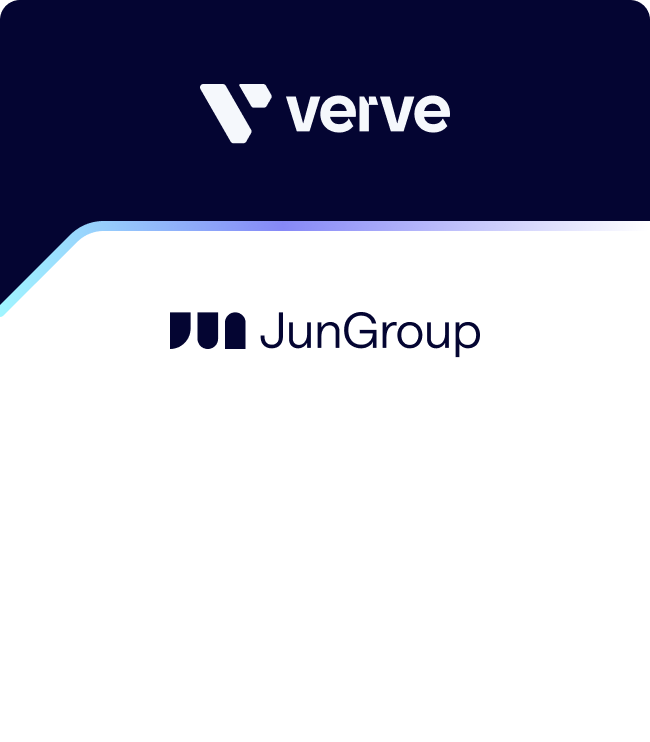Contextual, redefined: Why AI makes it a performance play, not a privacy fallback
For years, contextual advertising was treated as a secondary signal. In mobile, it usually meant broad associations – targeting by app categories or genres – and while it served a role in brand safety and compliance, it was never considered precise enough to drive performance on its own when device IDs and behavioral profiles were available. That perception is changing, as app marketers now need to prove ROAS in an environment where traditional user identifiers – once the backbone of attribution and targeting – are either restricted or set to face increasing limitations. Apple’s ATT has already redrawn the rules of user-level targeting, while Google continues to iterate on learnings from Privacy Sandbox for Android, and privacy frameworks like GDPR continue to limit how personal data can be shared. These aren’t just privacy changes; they’re redefining what performance itself is built on. The limits of behavioral targeting Behavioral targeting grows on the back of large-scale data collection, often tracking people across apps and websites without clear visibility or consent. Profiles are stitched together and sold into the market, creating an ecosystem that feels intrusive and opaque. Regulators have stepped in to curb practices that put personal data at risk, and platforms are following suit to align with both legal requirements and shifting consumer expectations. Identifiers may be slowly fading, but the deeper issue is that the models rely on tracking and data sharing at a scale regulators and consumers are increasingly unwilling to accept. GDPR fines have already exceeded €5.6 billion since 2018, while Apple’s ATT has pushed opt-in rates down to around 15%. At the same time, surveys consistently show that vast majority of consumers want greater transparency into how their personal data is used (97% in this survey of 4,000), yet their sense of control over it is slipping (65% in 2025, down from 68% a year prior). But the real shift goes beyond privacy. Behavioral is losing the very rationale that made it indispensable: performance no longer requires building profiles at scale. Advances in AI now allow contextual to deliver similar precision and outcomes, with the added benefit of aligning with the privacy standards regulators and consumers expect. Recent Dataseat (part of Verve) campaigns’ outcomes show that contextual-first approaches have achieved better ROAS vs. targets on iOS and Android, with significant CPI/CPA reductions – across verticals such as retail, fintech, and gaming – proving that efficiency and scale no longer rely on identity-based targeting. AI and the evolution of contextual As with many other areas of advertising, contextual targeting is being reshaped by AI. At the bidding stage, models can evaluate impressions across multiple contextual signals – session information, placement type, device model, creative match – rather than relying solely on static labels or broad categories. This allows bids to reflect the environments most likely to convert and continuously learn which contexts drive outcomes. The same logic now feeds into campaign setup. Deep-learning recommendation systems analyse historical performance to build refined whitelists and targeting strategies. By fusing semantic, visual, and structural signals, these models infer relevance across multiple layers and construct a richer understanding of each environment. Within DSPs like Dataseat, this contextual intelligence blends internal auction data with external app-classification datasets to surface high-performing inventory and uncover expansion opportunities with similar attributes. The heaviest computation happens offline, where classical machine learning (ML) models run alongside generative and agent-based systems. These ensembles merge fragmented datasets – SKAN postbacks, publisher reports, auction logs – and combine contextual signals to predict outcomes with greater accuracy. They also run scenario simulations that expose inefficiencies, such as supply paths that inflate CPMs without lifting performance, and surface optimization patterns that guide more efficient spend. Some of this intelligence is already moving on-device. Lightweight neural networks now process interaction signals locally – session depth, placement engagement, sensor inputs – turning them into privacy-safe features in real time. Modeling on the handset allows auctions to use these scores directly, letting contextual systems assess inventory through live indicators of receptivity rather than static metadata – a step toward moment-based prediction within ATT/SKAN limits. Together, these layers make contextual a system that doesn’t just describe environments but drives outcomes. For UA teams, the benefit is clear: campaigns reach efficiency faster, more inventory becomes viable, and budgets scale within CPI goals – all without relying on user IDs. Takeaways for UA teams This shift matters now because it defines what UA teams can still count on. Profiles built on IDs are eroding – not gone, but shrinking, fragmented, and increasingly unreliable as a foundation for scale. Contextual, once dismissed as too blunt, is now the system where AI can make the biggest difference: converting noisy, privacy-constrained signals into predictive intelligence that actually drives spend decisions. The result is practical, not theoretical. Campaigns that used to take weeks of testing now reach efficiency faster. Inventory once written off as “untargetable” becomes usable supply. And marketers can hit their CPI or ROAS goals without building on sand. That’s the real change: contextual has moved from a privacy fallback to the performance layer UA teams can build growth on with confidence.



